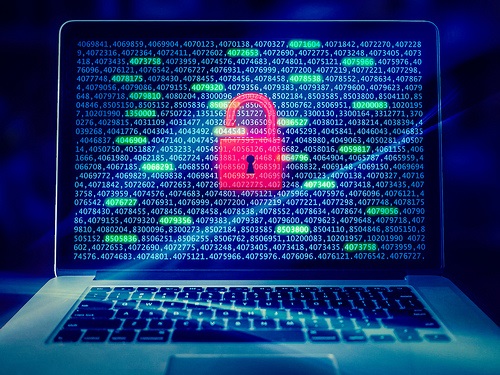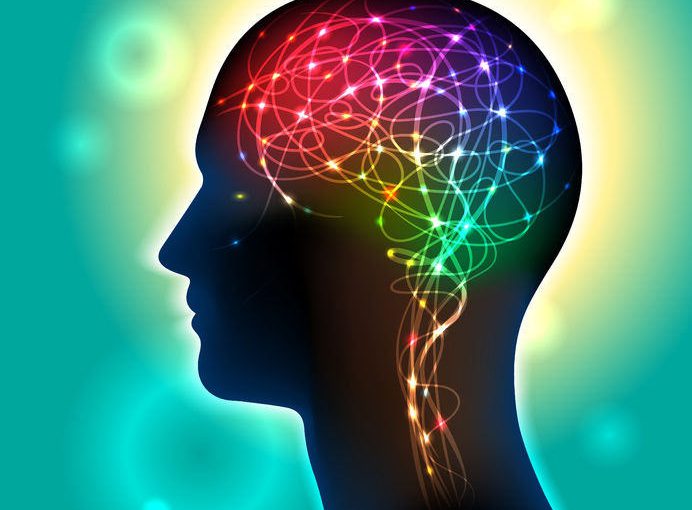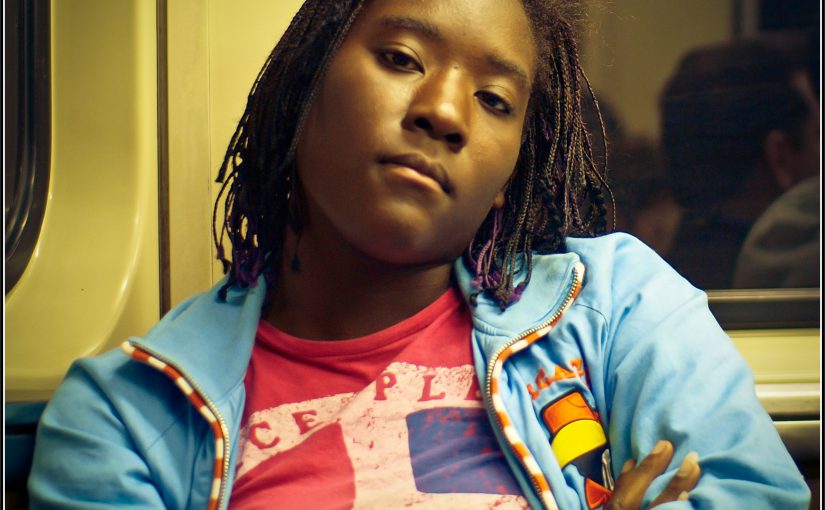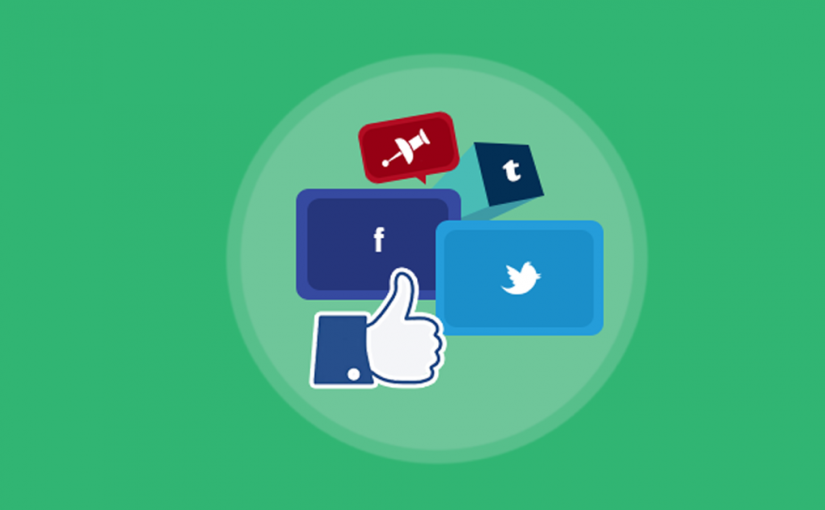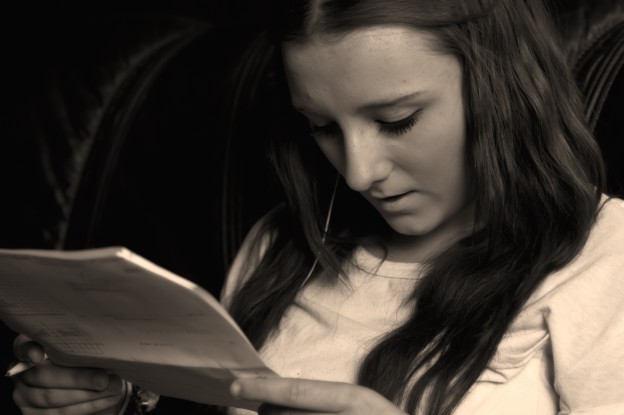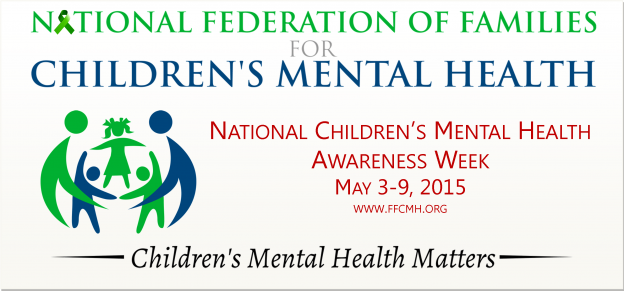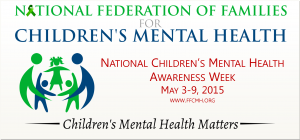When people are spreading negativity to you or your adolescent online, sometimes the only solution is to block them. By blocking people, on most sites you will no longer be able to see their content and they won’t be able to see yours. In most cases, they also won’t be able to contact you on your feed or through direct message on the site. If someone is bothering you or your adolescent or saying things that spread negativity, it might be time to remove their profile from view. The following links are guides to blocking people: Continue reading How to Block on Social Media
Professional Spotlight: Dr. Erika Forbes

Three team members of the SOVA Project recently sat down to interview Dr. Erika Forbes. Dr. Forbes is a Professor of Psychiatry, Pediatrics, and Psychology at the University of Pittsburgh. Dr. Forbes is also the Principal Investigator for the University of Pittsburgh’s Affective Neuroscience and Development Psychopathology Laboratory (ADNP Lab). The purpose of the ADNP Lab is to investigate neural, behavioral, and subjective aspects of reward function in order to explain the development and the physiological processes of adolescent depression and substance use. Continue reading Professional Spotlight: Dr. Erika Forbes
Seasonal Affective Disorder

As the days get shorter this time of year, some have difficulty maintaining a positive mood. One type of depression is known as Seasonal Affective Disorder (SAD). SAD typically sets in at the beginning of late fall and early winter and lasts through the beginning of spring and summer. Many often experience decreased mood from the fall through the winter, and then an elevated, more positive mood in the spring and summer. This type of depression usually effects individuals more as the days become shorter, meaning there’s less sunlight. Because SAD is a category of depression, the symptoms are the same. The thing that makes SAD a specific type of depression is the way the disorder matches with the changing seasons. Continue reading Seasonal Affective Disorder
Celebrity Quotes about Mental Health

A very effective way to get rid of the stigma surrounding mental illness is to simply talk about it. Because our culture puts a big emphasis on pop culture, when celebrities open up about mental health it goes a long way. Buzzfeed recently posted an article compiling celebrity mental health quotes. While there is still a ways to go in normalizing mental illness, these celebrities are helping to take steps in the right direction by opening up and sharing personal experiences. It’s great that some celebrities are helping to get the conversation started about the importance of mental health. Read through the list and let us know what you think!
Does one quote stand out to you as particularly powerful? Why?
Mental Health Resources

Big changes can happen during adolescence and young adulthood. NAMI recently stated that one in four college-aged students have a diagnosable mental illness, but less than half seek professional help. This gap happens for a number of reasons including stigma, fear of being labeled, and not being aware of the help that’s out there. Continue reading Mental Health Resources
No one gets me
Sometimes teens feel like no one really gets them. They forget that adults were teenagers once too. But they’re right. We are all unique. But there are so many things that are similar between us. One of my favorite movies is called Babies. Its a documentary showcasing babies from different cultures all over the world – one is in San Francisco going to baby yoga class, another is in Mongolia crawling in between cows in a big field. Another in Nigeria and another in Tokyo. But they’re all doing the same things – learning to eat, getting frustrated with things they can’t do yet, and playing with their siblings.

Sometimes when we go through difficult emotions, we can feel so isolated. When in reality – many people have experienced similar thoughts to ours and gone through similar struggles. Often mental health professionals have gone through their own struggles with mental illness and it can be a reason they are passionate about helping others. Experienced mental health professionals have also heard many human stories and so even if they don’t quite understand what someone is going through, they may be comfortable with it because they’ve worked with someone similar.
Some teens don’t want to start or don’t like therapy because they don’t feel like the therapist or anyone gets them. One of the goals of therapy is to better understand yourself to get to a place of mental wellness, feeling comfortable with your thoughts and emotions. If a therapist can guide your child there, maybe they and the therapist and you can all get to know your child better over time.
Do you sometimes think your child feels like no one “gets it”?
Being and Becoming
“Life is not a having and a getting, but a being and a becoming.”
-Matthew Arnold

Taking a Break from Social Media
Sometimes it can feel like your adolescent may live on their phone/tablet/computer. Facebook, Instagram, SnapChat, Twitter, Pinterest, Tumblr, on and on! Everyone wants their attention!!
You give likes, you get likes, your phone buzzes, little red numbers come up on the apps letting you know about every interaction, every moment someone may notice you.
Are you giving yourself time to just be you? For them to just Be Them?
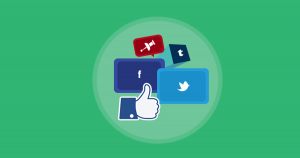
There are some ways we can encourage our youth to take a break, to enjoy life outside the screens…
There are lots of ways to take a break from social media without having to “disconnect” completely. One way is to take all “push” notifications off your phone – that way you have to actually open the app to see if anything is happening. This is especially useful if the notifications distract you from school work or other tasks.
Another option is only using the computer for social media. This means taking some or all of the apps off your phone. It makes it so that when you sit down at your computer you know whatever is happening on your social network doesn’t have to literally be with you all of the time.
Taking a break from social media does not have to be an All or Nothing situation. It can be a simplifying of what you engage in.
How do you take a break from social media? Have you ever done it on your own? Have you tried a day with out checking your various accounts? How did it feel? Would doing a family day without screens be useful? Tell us about your experiences with social media and adolescents.
Tips for Parents

Adolescence is marked by a whirlwind of changes that are exciting and scary for parents. Teenagers become more independent and are developing problem-solving skills, but they are also at an increased risk for developmental, mental, and behavioral health problems. Often these problems result in teens having lower school- achievement which can be hard for parents to see- because often they know that their child can do the work.
National Federation of Families for Children’s Mental Health
The first week in May is National Children’s Mental Health Awareness Week.
The National Federation of Families for Children’s Mental Health is an advocacy group that works on policies, legislation, services, and fundraising to improve the mental health of children.
On their site, you can:
- find a local chapter
- find information on Certified Parent Support Providers who can help provide peer support
Let us know if you checked it out and what you thought!
